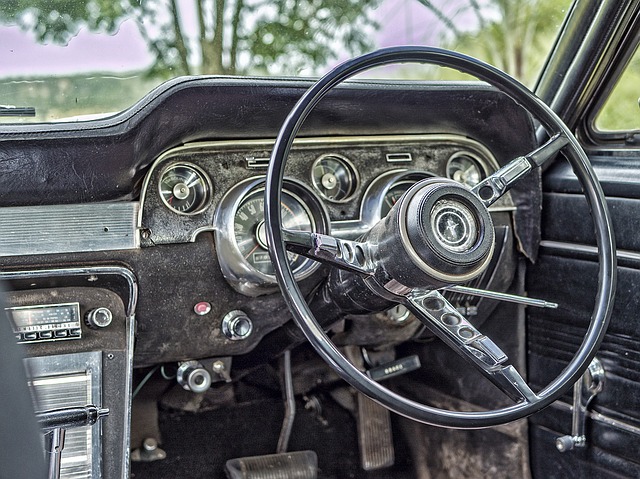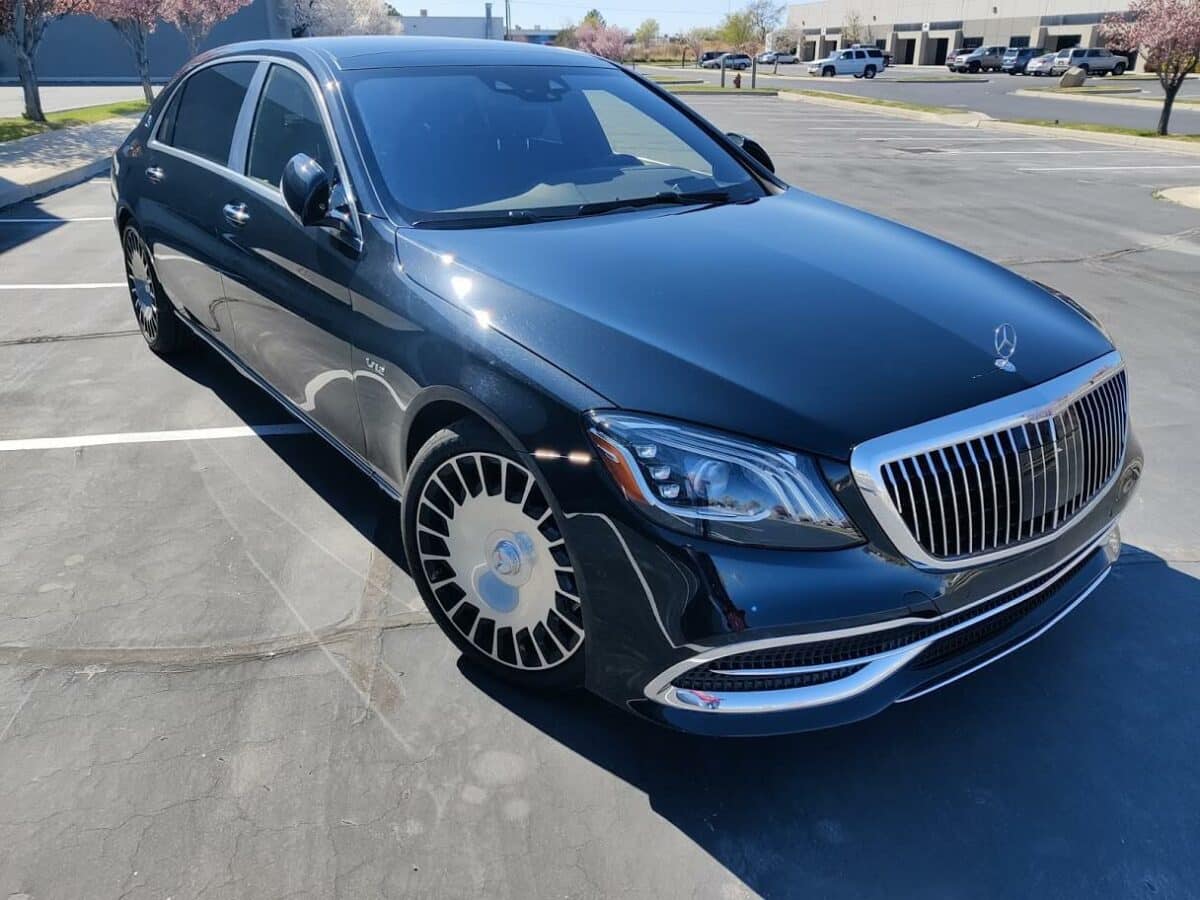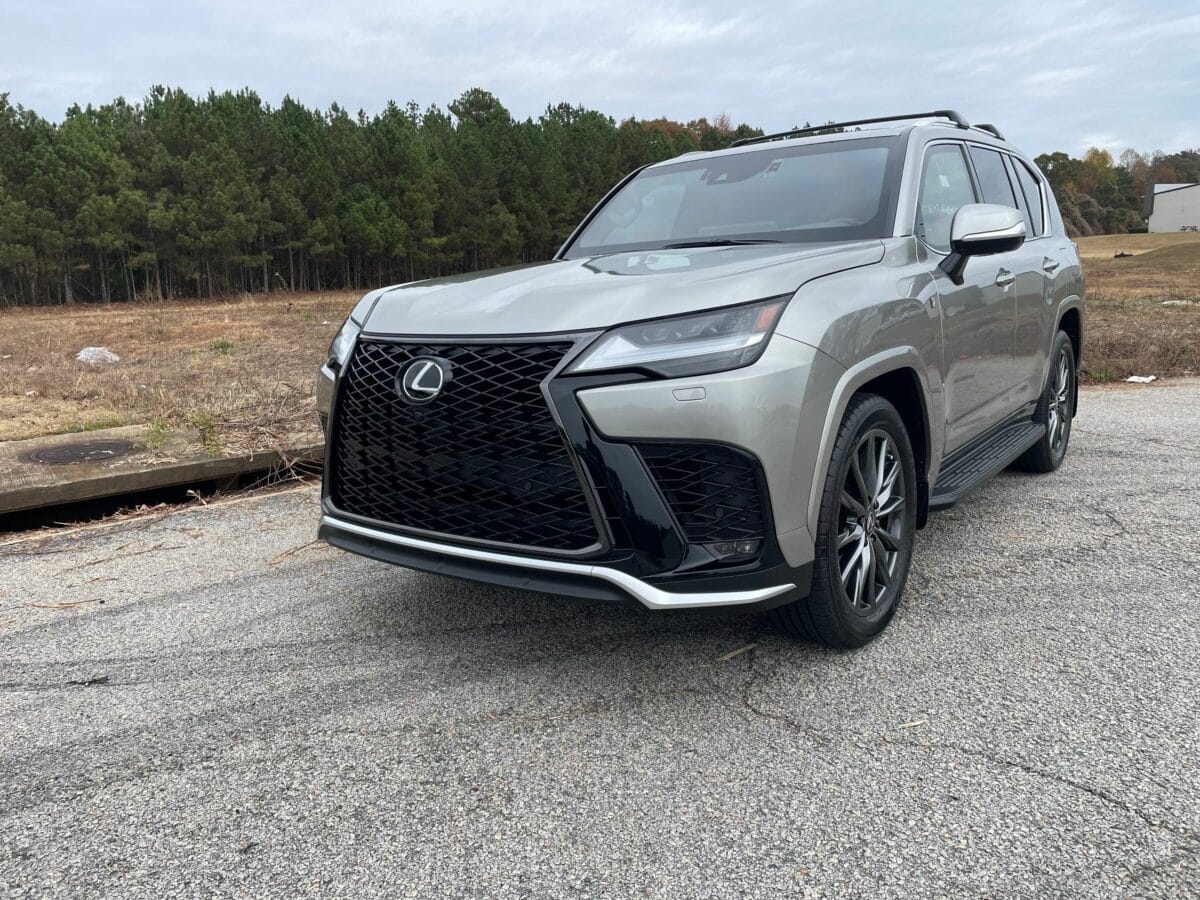
*Armormax does not offer left-hand to right-hand conversions at the moment and is solely focused on the armoring of vehicles. You should reach out to a company that specializes in left-hand to right-hand conversions while Armormax can help with any armoring needs you may have.
According to bidirectional traffic rules, vehicles are required to drive either on the right or left side of the road, depending on the country one travels in. The purpose of this rule is to improve traffic flow and to reduce head-on collisions.
Today, about 65% of the world’s population lives in countries with right-hand traffic, and the other 35% lives with left-hand traffic. So, why do some countries drive on the right side of the road, while others drive on the left?
This strange quirk perplexes the rest of the world, but there is a perfectly good reason. Click here for a world map and a full list of all countries of the world and the side of the road on which they drive. Right-handed knights preferred to keep to the left in order to have their right arm nearer to an opponent.

In the past, almost everybody traveled on the left side of the road because that was the most sensible option for feudal, violent societies. Since most people are right-handed, swordsmen preferred to keep to the left in order to have their right arm nearer to an opponent and their scabbard further from him. Moreover, it reduced the chance of the scabbard (worn on the left) hitting other people.
However, in the United States and France, teamsters began to travel in large wagons; they would sit on the of the wagon so they could use their more dominant right arm. They would also want to check on the wheels as others passed, so they preferred people to pass them on the left. Hence, people began to shift from the left to right side of the road as transportation of goods became more common.
The above map shows which side of the road traffic drives on. Green coloured countries drive on the right, orange countries drive on the left. As you can see, most former British colonies, with some exceptions, drive on the left side of the road, whereas the United States of America, Latin American countries, and European countries drive on the right.
Almost always, in countries where one drives on the right-hand side of the road, the cars are built so that the driver sits on the left-hand side of the car. Conversely, driving on the left-hand side of the road usually implies that the driver’s seat is on the right-hand side of the car.
Despite the developments in the US, some parts of Canada continued to drive on the left until shortly after the Second World War. The territory controlled by the French (from Quebec to Louisiana) drove on the right, but the territory occupied by the English (British Columbia, New Brunswick, Nova Scotia, Prince Edward Island, and Newfoundland) kept left.
British Columbia and the Atlantic provinces switched to the right in the 1920s in order to conform with the rest of Canada and the USA. Newfoundland drove on the left until 1947, and joined Canada in 1949.
In Europe, the remaining left-driving countries switched one by one to drive on the right. Portugal changed in 1920s. The change took place on the same day in the whole country, including the colonies. Territories, however, which bordered other left-driving countries were exempted.

That is why Macau, Goa (now part of India), and Portuguese East Africa kept the old system. East Timor, which borders left-driving Indonesia, did change to the right though, but left-hand traffic was reintroduced by the Indonesians in 1975.
In Italy, the practice of driving on the right first began in the late 1890s. The first Italian Highway Code, issued on 30 June 1912, stated that all vehicles had to drive on the right. Cities with a tram network, however, could retain left-hand driving if they placed warning signs at their city borders.
The 1923 decree is a bit stricter, but Rome and the northern cities of Milan, Turin, and Genoa could still keep left until further orders from the Ministry of Public Works. By the mid-1920s, right-hand driving became finally standard throughout the country. Rome made the change on the 1 of March 1925 and Milan on 3 August 1926.
Up till the 1930s Spain lacked national traffic regulations. Some parts of the country drove on the right (e.g. Barcelona) and other parts drove on the left (e.g. Madrid). On the 1st of October 1924 Madrid switched to driving on the right.
Being an international company, we armor cars from all around the world, both left-hand and right-hand vehicles.
Source: World Standards, Wikipedia







